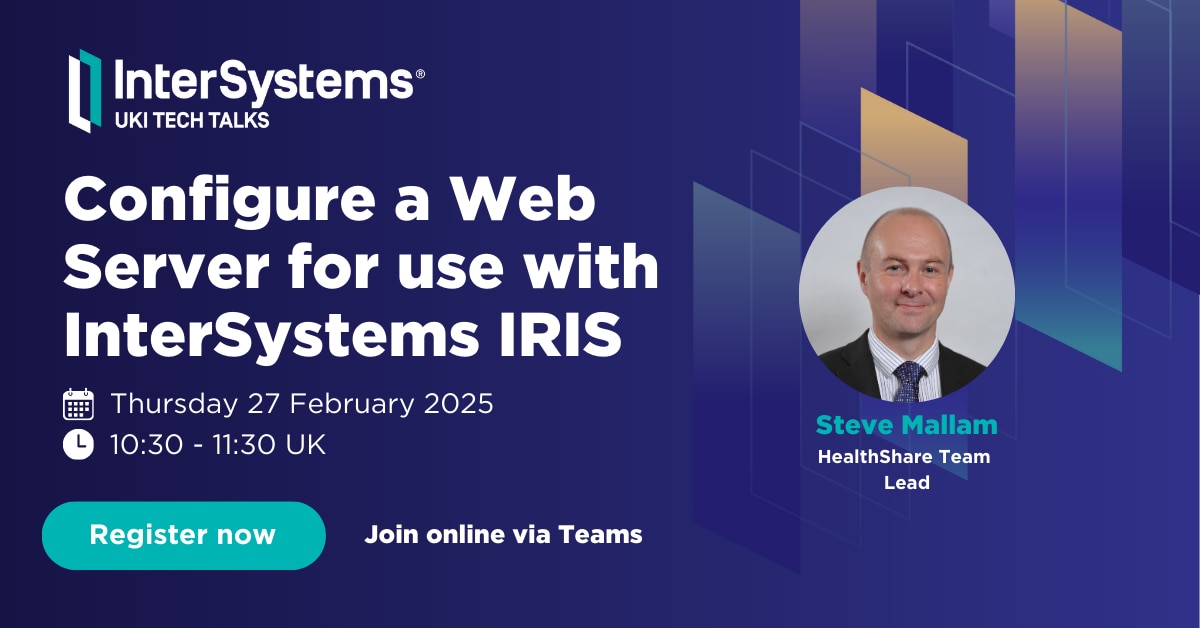| “At the request of the survivors, the names have been changed. Out of respect for the dead, the REST has been told exactly as it occurred.” |
InterSystems Developer Community is a community of
25,504 amazing developers
We're a place where InterSystems IRIS programmers learn and share, stay up-to-date, grow together and have fun!

.jpg)
